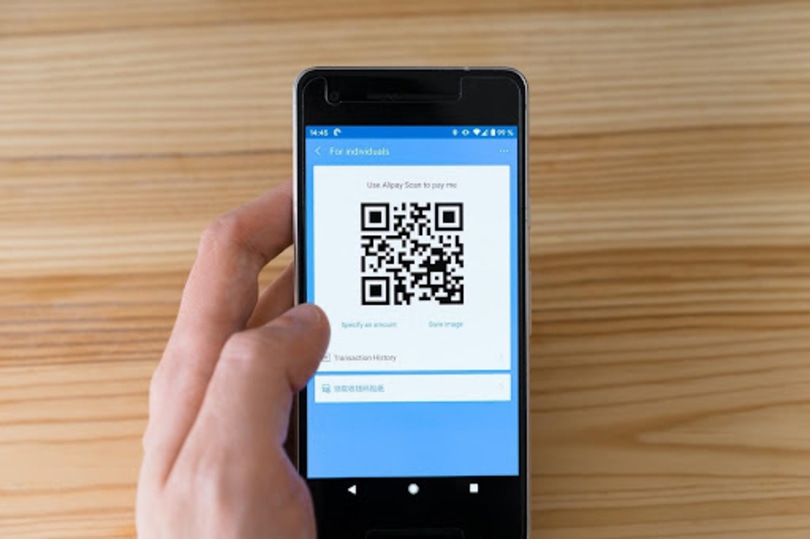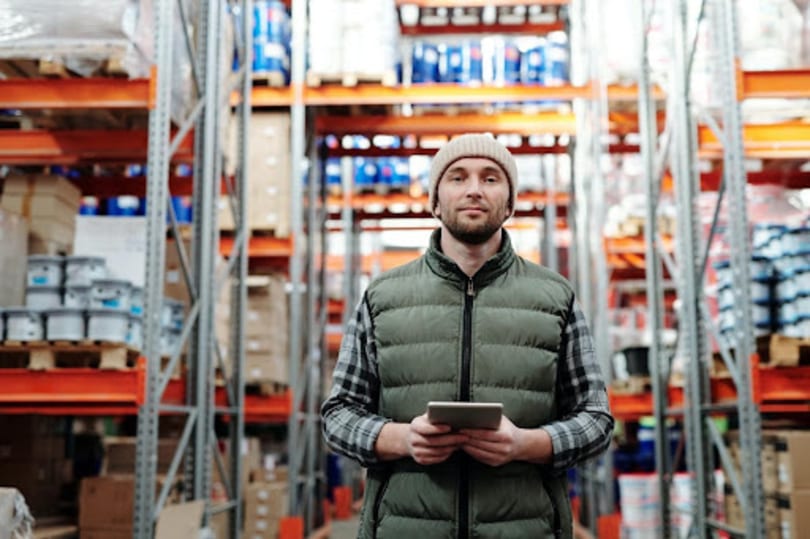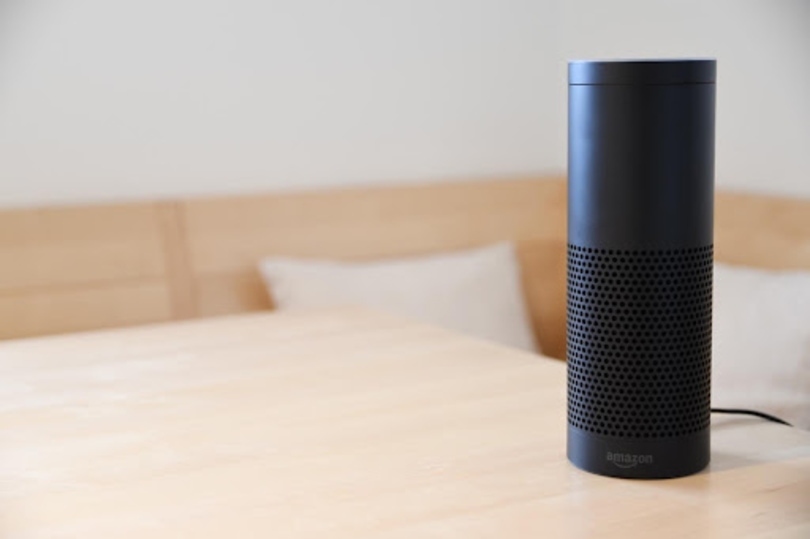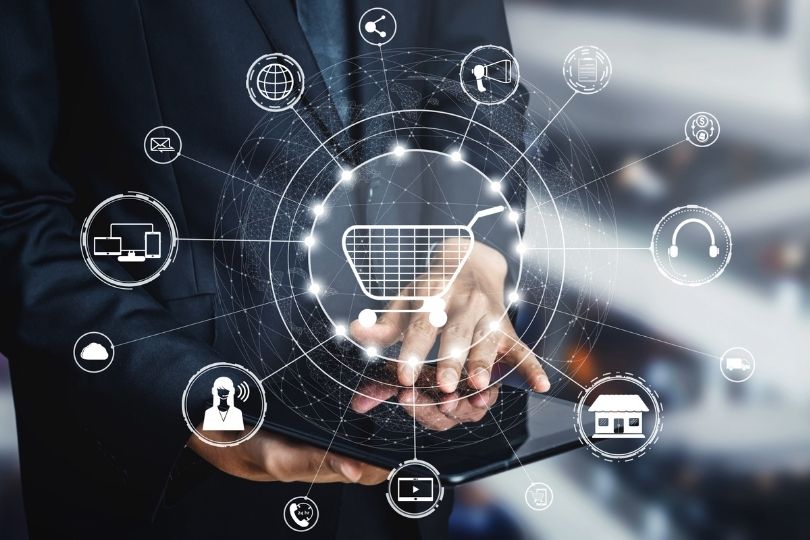As retailers continue to navigate their ‘new normal’, omnichannel marketing is critical to maintaining consistency for customers throughout their buying journey, easing frustration and guiding them to convert. As retail continues to get its legs following the setbacks of last year and the continued public health challenges, customers have come to grips with the fact that they’re returning to fewer shopping options in the brick-and-mortar world than they had before the pandemic. Certain larger retailers with more capital were able to weather the storm but many mom-and-pop shops were never able to reopen. During the lockdown, new shopping behaviors also emerged, as consumers embraced the ease and convenience of shopping online—some for the first time. Consumers embraced options such as "click and collect" and enjoyed contactless shopping and explored new technology-driven interfaces that worked to mimic in-store experiences and humanize the online experience as much as possible. These experiences transformed consumers’ expectations of the in-store experience, too. In fact, the online experience merged into the brick-and-mortar environment quite a bit. Consumers were forced to engage with their brands through a variety of channels, and retailers and ecommerce stores were forced to create a fluid and frictionless experience across all platforms, including brick and mortar. Adopting an omnichannel lead generation approach can have many advantages for your business. Today, who have survived and thrived have learned the power of omnichannel marketing and sales. They are able hand off customer experiences between the many channels their customers navigate: smartphones, tablets, computers, brick-and-mortar, social media, and phone while maintain a consistent experience. If you’re a retail digital marketer, here are some ideas to keep in mind for a successful omnichannel strategy.
Knowing Your Touchpoints
In the highly competitive retail space, an important way brands can differentiate themselves is to focus on every point of contact they make with a customer, and every interaction customers have with the products and brand. These are all opportunities to engage with your customers in different ways. Sometimes to inform and introduce yourself in the lead generation phase, other times to promote something new, and sometimes to simply ease the flow of a transaction.
At the same time, the brick-and-mortar environment is a unique touchpoint that’s very different from all online and social channels. Having the potential for face-to-face interaction is something some customers may crave after the long haul of the covid crisis. Others less so. Knowing your customer’s needs and understanding where they are in their journey is key. Successful retailers will now more than ever utilize all customer and prospect touchpoints to market their brand, but also reach customers with relevant and consistent messaging across all platforms. That also includes transitioning their online experience into the store. In an omnichannel world, your retail brand has to be ready and capable of marketing and selling anywhere the consumer is researching your product or looking to buy it, both inside the store and online. Here’s an example of an omnichannel consumer journey in action: A customer arrives at your website through one of your social channels, checks the availability of a product on their PC, but then notices a discount if they get it at the store. So, they visit your brick-and-mortar environment and register for a discount on an in-store kiosk. They try out the selected product in-store with help from your sales team. On their way to the checkout, they notice a line and someone informs them you can actually purchase the item through a smartphone app. So, they avoid the checkout queue and pay by mobile app. All of this channel hopping requires consistency across many touchpoints. By allowing your customers to pick up where they left off the last time they engaged with your products or brand, they’ll be more likely to stay loyal to you. Now, let’s take a closer look at some of these touchpoints.
Mobile and in-Store Convergence
According to Pew Research, 87% of US adults had smartphones two years ago and nearly all of them have the capability to use their phones to interact with your brand while they shop in your outlet. Near-field communication (NFC) and technologies like QR codes can allow users to tap or scan a special barcode which wirelessly transfers information. For example, it could trigger a multi-media response when activated by customers scanning an in-store product display with their smartphone. Creating a connective, in-store customer experience with NFC/QR code technologies is a great way to inspire repeat purchases. This convergence between smartphones and in-store shopping creates a new channel to educate customers in fun ways with content promoting in-store shopping, and even offer on-the-spot discounts, provide unique incentives for shoppers to convert and return to the in-store customer experience again in the future. Remember, while earning trust from new customers is important, repeat customers are 67% more likely to spend more with your brand. Timberland uses NFC to great effect as part of its in-store customer experience. The company provides every customer visiting its outlets with a small, hand-held tablet they can use to find out more about products. When the tablet is pressed against a code on product signage, information about that product or special offer is displayed on the tablet. This eliminates the need for customers to have to seek out store clerks for more information, and they can easily see the deals offered. And while shoppers look up different products of interest, the personalization software on the tablet leverages machine learning algorithms to provide product suggestions for the customer, based on what they browse. This creates an intelligently personalized customer experience that helps to highlight products in a store that may not be known to the customer and enhances the customer experience.

Frictionless Payment
Un-tethering the checkout process from the long queues we all want to avoid is another omnichannel trend that not only markets a retail brand as tech savvy, but also boosts conversions by reducing lost sales due to cart abandonment by impatient customers inside the store. Customers are less likely to return to a store if they experienced long checkout lines, and more than eight minutes waiting will make most shoppers consider leaving. Consider implementing in-app checkout on iPads or tablets as a way to combat long wait times. By taking the checkout process to the customer, and enabling staff to ring up sales from anywhere in the store, some retailers are enabling their customers to scan and pay for their purchases within a mobile app that can be downloaded and registered before arriving at the outlet. If your retail brand does not already have a mobile app and an actively registered user base, it is important to keep these upgrades on your radar, as the future of retail is heading in the frictionless payment direction. A great example in action is Oasis, a UK fashion retailer that fuses its eCommerce site, retail outlet and mobile app in a simple, omnichannel strategy. In-store sales staff take the customer experience to a stellar new level by employing iPads to check the latest availability of products for customers. They can then instantly convert those customers by ringing up the sale on-the-spot, allowing buyers to conveniently bypass the checkout line. If the product is out of stock, a few clicks on the iPad is all it takes to have the product shipped to a customer’s home. Apple is another example. If you’ve been to an Apple store, you’ll notice all transactions, product, and inventory searches, are done from a clerk’s tablet, in most cases. Transactions are quick and you don’t have to wait in a line. You simply purchase what you want from the person you’ve engaged with throughout the entire sales and product education process. This convenient approach shows you respect your customer’s time and will win you big loyalty points for potential future sales, be they online or in person.

Product Search on Smart Speakers
Smart speakers, like Amazon Alexa or other technologies, have quickly become ubiquitous with more than 250 million speaker units shipped globally last year. By allowing your retail customers to purchase products from home by interacting with a digital assistant and using voice commands, you’re showing your customers you may actually be a little bit ahead of the technology curve. The experience can also serves as a branding opportunity to introduce new items to them and learn more about their preferences.
While most people primarily use the devices for simple commands and to look up subjects they need to learn more about, the future of online sales will have a growing share coming from smart speakers. There is a growing awareness that voice-enabled technology could be a valuable feature for in-store shopping, too. Some retailers are testing using smart speakers to help in-store shoppers learn more about products or locate items in a store. While the potential for this technology isn’t fully realized yet, it could be an avenue for greater opportunity for retailers to explore.





